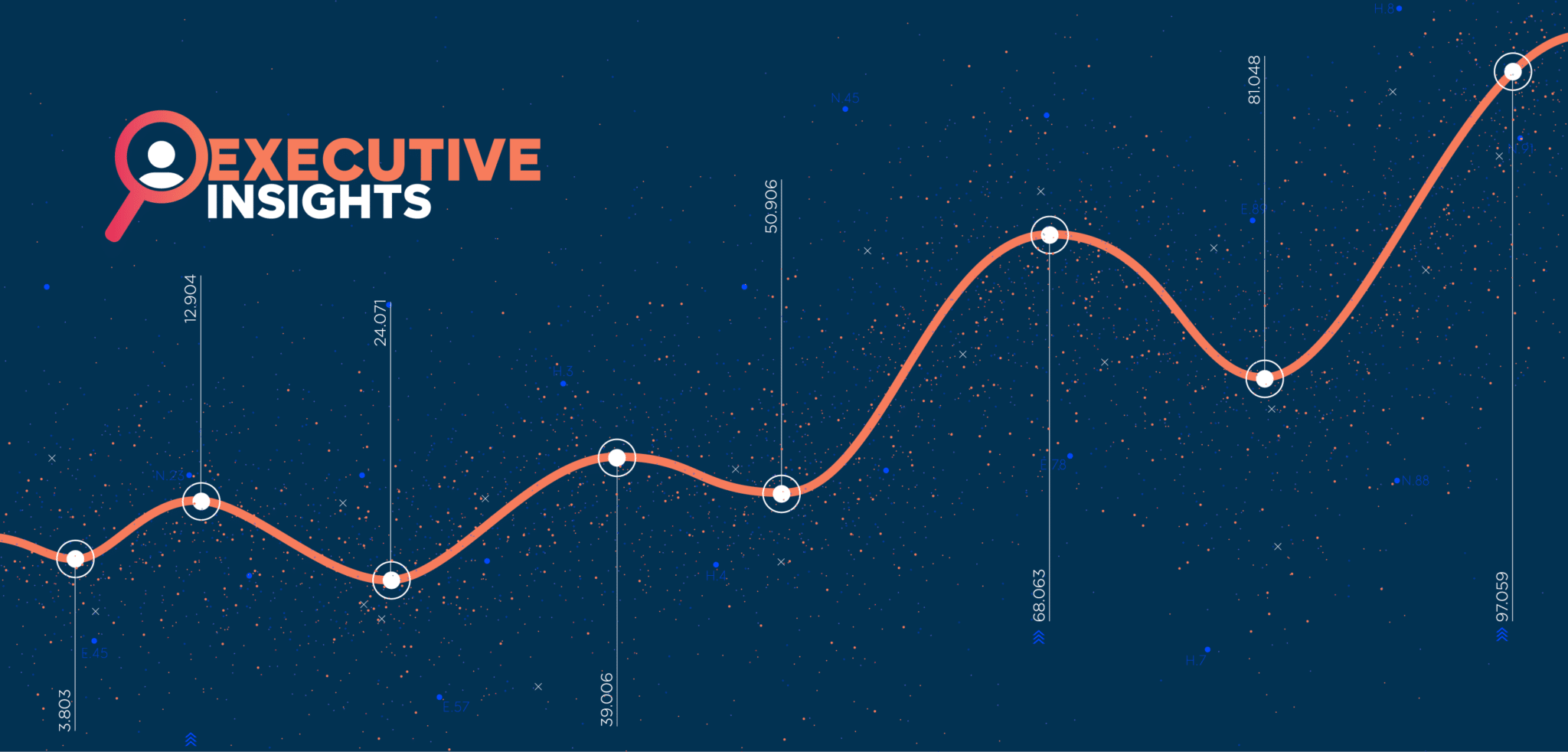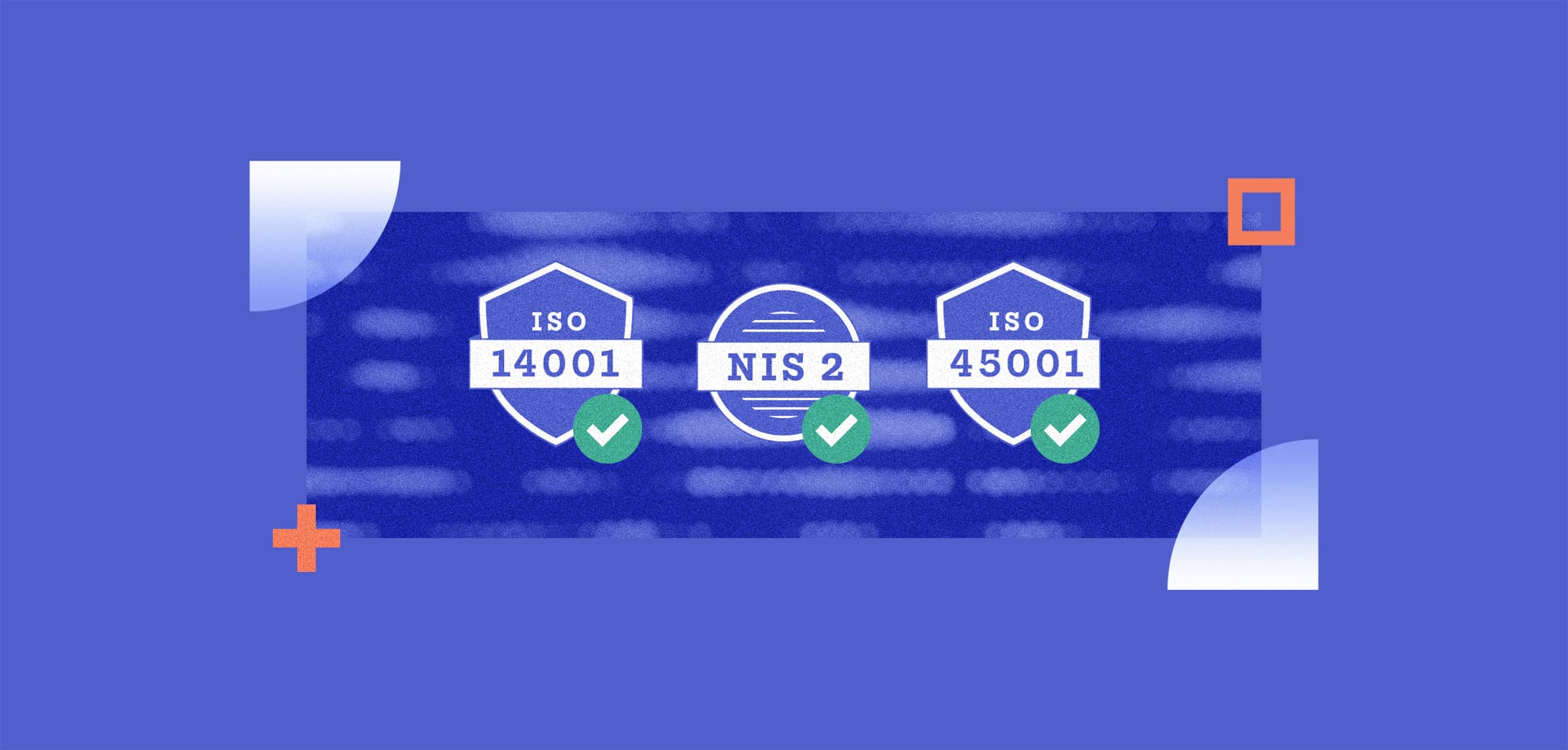
Information Security Management: Roadmap to Growth
Table Of Contents:
- 1) The Escalating Stakes of Digital Trust
- 2) Compliance as Catalyst, Not Constraint
- 3) Dispelling the ‘Compliance Makes Business Harder’ Myth
- 4) Leveraging Governance, Risk and Compliance Platforms
- 5) Articulating the Information Security Upside Effectively
- 6) Transforming Perspectives on Information Security Compliance
As cyber threats continue to rise, organisations of all sizes are realising the critical importance of implementing robust information security programs. Without strong defences, companies risk exposing sensitive data, interrupting operations, and even sustaining significant financial losses from cyber incidents.
However, an information security program is more than just locking down systems and data. When designed well, security enables businesses to take advantage of new opportunities safely. By taking a proactive and strategic approach, leaders can build secure foundations for innovation, allowing their companies to evolve and capture new growth.
The Escalating Stakes of Digital Trust
Swiping through apps on our phones, it barely registers that every tap, search, and purchase transfers data through intricate pipelines underpinning the digital economy. We take for granted that technology works seamlessly. But exponential adoption of cloud, IoT, big data and other innovations massively expand the attack surface. The scope of potential failure points and data leakage channels multiplies every day. Without conscious investment in securing systems and data at their foundations, organisations build growth initiatives on unstable ground.
As high-profile breaches accumulate, stakeholders now recognise cyber resilience as imperative. Customers will not tolerate partners disregarding data privacy and security practices. Investors scrutinise preparedness measures far more closely when evaluating publicly traded companies. Industry regulators levy harsh non-compliance penalties in light of escalating threats. Even insurers require baseline controls before extending coverage. Robust information security is pivotal in determining trust and access across all key relationships.
Organisations that recognise security as the bedrock for advancing customer experiences, expanding partnerships, entering new markets and accelerating innovation will gain an advantage. When an increasing portion of business is mediated through digital channels, establishing digital trust becomes imperative for every transaction and touchpoint along the value chain. Compliance certifications serve as the entry point and social proof for this trust. Security defences safeguard its continuity. Vigilant governance sustains it over the long term. Proactively embedding rigorous governance, risk management and compliance (GRC) protocols directly correlates with fortifying stakeholder confidence.
Compliance as Catalyst, Not Constraint
Too often, compliance obligations are referred to as restrictive burdens, diverting focus from core business goals. However, compliance only stifles organisations that tack on standards as a reluctant checklist item divorced from broader growth objectives. When tightly integrated into operations and strategy, governance, risk management, and compliance (GRC) frameworks become valuable investments that compound over time to build robust foundations for trust, efficiency, innovation and competitive growth.
Reframing perspectives reveals compliance capabilities directly catalyse growth opportunities:
1. Build Digital Trust
By proactively adopting rigorous certification standards and regulatory best practices, organisations demonstrate an ethical commitment to transparency, accountability and security to customers, partners, and governing bodies. In an increasingly digitised economy, this cultivates credibility and preference for your brand promise in the marketplace.
2. Access New Markets
Expanding into regulated industries or public sector opportunities requires meeting an array of governance, risk management, and compliance certifications. Rather than viewing this prerequisite through a compliance lens alone, recognise it also unlocks vital new market access.
3. Drive Operational Excellence
Maintaining stringent governance, risk management, and compliance practices enhances organisational efficiency. Consistency in procedures reduces errors and optimises resource utilisation, preparing your business to withstand challenges and seize opportunities for success.
It also exposes inefficiencies and outdated security measures lurking in your operations, allowing you to revamp your systems into a leaner, more secure, and more effective setup.
4. Catalyse Innovation
Mature GRC capabilities include secure mechanisms for unlocking value from data assets that spark innovation while respecting privacy and ethics. Customer insights, product performance metrics, and other intelligence streams inform personalised offerings, predictive models, and improved decision-making when harnessed correctly. But to do this correctly, you need the kind of good governance that comes with solid compliance practices.
5. Better Protect Your Supply Chains
Supply chain risks pose significant threats in an interconnected business landscape. By ensuring robust compliance across your vendor and partner ecosystem, you reduce exposure to breaches, outages, and other incidents that cause ripple effects across your operations. Solid GRC capabilities externally validate due diligence in supplier selection and onboarding while internally providing monitoring tools to identify and respond to issues should they arise.
6. Accelerate M&A
Aligned GRC models facilitate integrating people, systems and data during complex consolidations and carved-out entities.
The organisations achieving excellence embed GRC along the full spectrum of the business lifecycle. Cross-functional security champions advocate for resilience measures during product design debates. Risk managers provide assessments to inform critical decisions. Professionals at every level receive training on the latest social engineering and cyber hygiene practices that sharpen human defences. Rather than occurring in isolation, compliance efforts integrate across essential functions enterprise-wide.
Dispelling the ‘Compliance Makes Business Harder’ Myth
Despite compelling evidence of the competitive advantages and benefits effective information security management can offer, why are so many businesses not realising these for themselves? The reasons can generally be broken down into three key areas:
• Navigating Complex, Evolving Regulations
Keeping pace with new and updated information security and data protection laws across jurisdictions poses heavy lifts for security teams. Multi-national organisations face dizzying arrays of requirements from GDPR to CCPA to sector-specific oversight—however, non-compliance risks heavy fines and reputational damages.
The sheer volume and complexity of new regulations present compliance obstacles. However, companies that invest in integration across GRC efforts reap lasting returns. Unified frameworks and platform consolidation provide flexibility to adapt controls without introducing redundancies.
• Defending Against Sophisticated Threats
Both the volume and craftiness of cyberattacks increase each year. Well-orchestrated threats launch at new angles of attack. Preventative controls require constant re-evaluation as hacking tools grow more advanced and exploits more stealthy.
Managing limited security resources against this ever-escalating risk landscape grows increasingly challenging. Prioritisation relies on continuously updated awareness of new exposure points and this is where managed software or platforms really reduce that burden.
• Justifying Ongoing Investments
Capital constraints pressure security leaders to defend requests for headcount growth, upgraded systems, new tools and platforms, and control gaps. Short-term cost sensitivities often curb enthusiasm for longer-term infrastructure investments.
Shifting culture to recognise security as an innovation enabler rather than just insurance for worst-case scenarios breaks down this barrier. When embedded strategically, compliance and risk efforts directly inform product development, customer experience and new market activations. Reframing budget requests within business terms alleviates roadblocks.
Leveraging Governance, Risk and Compliance Platforms
It can feel overwhelming for businesses, whether you’re just starting to establish your information security compliance foundations or looking to improve your existing setup to realise the additional business benefits covered so far, which is why working with established GRC platforms can simplify your journey.
We created ISMS.online to enable businesses to unlock sustainable compliance that works with a company, not against it. What started with ISO 27001 compliance now includes over 100 additional global regulatory standards and frameworks, including SOC 2, HIPPA, GDPR, Essential 8, and more. We have created one platform that can deliver all your compliance needs and scale with you as you grow.
Leveraging our SaaS platform can take away so many of the barriers to implementation businesses face and get you on the path to growth; it:
- Centralises compliance management for multiple standards
- Provides real-time updates on regulations as they’re amended
- Automates task workflows to ensure new requirements are flagged with the correct teams and resources internally
- Streamlines audit preparation
- Identifies gaps in compliance processes
- Enables evidence of compliance
- Is highly cost and resource-effective
And, unlike compliance solutions focused purely on automation, our platform takes a comprehensive approach by addressing people, processes and systems to deliver effective long-term compliance. We help organisations operationalise, scale and sustain reliable protections that can evolve with emerging threats.
Articulating the Information Security Upside Effectively
Whatever path you take, as information security matures into a strategic business function for your business, quantifying program successes and gaps is essential. Simply meeting compliance benchmarks or tallying activities fails to convey true defence efficacy and risk reduction.
Organisations should start tracking metrics that map security performance to business health – both costs mitigated and revenues enabled. Useful examples include the percentage of systems hardened against common attack vectors, time to detect and respond to incidents, system uptime improvements resulting from enhanced protections, and cyber insurance premium savings unlocked annually.
Isolating the tangible value delivery of the security function makes the connection between cyber risk and financial risk more tangible. Over time, leaders can correlate security program investment to losses prevented and ensure budgets keep pace with ever-escalating threats.
Mature metrics also evaluate holistic health across people, processes, and technology controls. Rather than just touting a policy count, report risk exposure reductions over time, audit performance, control efficiencies gained, and resilience metrics. Convey security as a business enabler fueling the confident pursuit of innovation and growth opportunities thanks to sturdy digital infrastructure.
In addition to internal reporting, ensure customers and partners stay apprised of security posture and continuous enhancement efforts – both build trust and preference. Promote certifications, audits passed and benchmark results. Transparency on defence efficacy provides competitive differentiation.
Tracking and exposing meaningful progress via risk reduction, efficiency improvements, and metrics tightly coupled to business health allows security leaders to understand its function as a vital productivity catalyst.
Transforming Perspectives on Information Security Compliance
Transforming entrenched perspectives will not occur overnight. However, organisations committed to strategically repositioning security as the foundation that cultivates stakeholder trust and fuels sustainable growth will reap the benefits for decades in the form of preference, productivity, and accelerated innovation. The turning point starts with leaders bold enough to shift mindsets and invest in trust.
Strengthen Your Information Security Management Today
If you’re looking to start your journey to better information security management, we can help.
Our ISMS solution enables a simple, secure and sustainable approach to Information security and data management with ISO 27001 and over 100 other global frameworks. Realise your competitive advantage today.




